Quick question: What’s better for hunting, a good airgun or a real gun?
A lot of people are going to say a real gun, as they assume that an airgun is essentially the same as the Daisy BB gun they had when they were kids. Those people should see our article where we explain the differences between BB and airguns.
But the real question is, which one is better than the other?
In some cases, a real gun is certainly better than any airgun, but by the same token, there are situations in which an airgun is handier than a real gun. If you’re a hunter, it may be wise to add an airgun to your collection of rifles and shotguns.
The Range Dilemma
When it comes to hunting most people would say the more range the better, right? A real gun is always going to have a longer effective range than an airgun, so this consideration seems obvious.
But, how much range is too much?
A .22-LR, for example, can fly for quite an impressive distance, yet it is one of the smallest, lowest powered rifle rounds out there.
Sure, it’s fine if you are hunting over a few hundred acres, but if I’m hunting rabbits at the edge of my property, it provides more range than I want.
What if I miss? Then I have a round that may still travel a considerable distance.
If I’m hunting with an airgun and I miss, the round isn’t going much farther. A responsible hunter would never take a shot that could be a risk to others, and airgun pellets are rarely, if ever, a risk to others.
Sometimes a shorter range is beneficial when hunting, and it’s perfect when you are in a limited hunting area.
Heck, I could cover one side of the property and have my wife hunting the other and never run the risk of a stray airgun pellet hitting her, or her hitting me.
Sound and Fury
Real guns are considerably louder than airguns, which is of course due to their higher power. This has numerous effects on hunters, with the first being their own hearing.
Most hunters do not wear ear protection while hunting because they need all their senses. Even electronic hearing protection is difficult to use because it takes away your ability to perceive a sound’s direction.
You can always purchase a suppressor if it’s legal in your state.
With an airgun there is still some noise, but considerably less than an actual firearm. My favorite big-bore airgun is the Benjamin Bulldog.
A .357 powerhouse, the Bulldog is still safe to use without hearing protection — no earmuffs are required. Smaller caliber .177 and .22s are also relatively quiet.
To avoid scaring game some guns even have built-in suppressors to reduce the gun’s sound – just be sure to follow all local, state and federal laws when doing so.
Airguns also produce a lot less recoil than conventional firearms do. In fact, you can’t tell the much of a difference between a .22-caliber LR and .22-caliber airgun.
However, there is a major difference between a Bulldog and a .308 hunting rifle.
Shot Placement
Shot placement is your ability to not only hit your target but to hit a target in an area that would instantly and humanely kill your quarry.
For most small game animals this will be a chest or head shot, while a torso shot is better for medium game.
Shot placement is always important, but it is even more important with an airgun. Airguns give you less room for error when it comes to a kill shot. You really need to make a headshot for small game.
A real gun is a bit more forgiving.
You still need decent shot placement, but the rounds hit with greater foot pounds of energy, and hunting rounds are designed to expand, which creates more damage as they pass through the game’s body.
Airgun ammo can expand, but nowhere near as much as actual rifle ammo expands. If you are airgun hunting you need to be a sure shot, and confident in your own accuracy.
Calibers
When it comes to real guns, there are hundreds of different calibers that are tuned for various tasks. This is great for selection but bad for choosing a caliber. When it comes to airguns you are limited in caliber selection.
Most small game would be taken with a .177-, .22- or .25-caliber weapon.
- Varmints and small predators (such as coyotes) are easily taken with .30-caliber pellets
- Medium game requires something between .357- and .50-caliber pellets
While you have more options and loads with real guns, the calibers from which you can choose for airguns lend themselves well to airgun hunting.
Just be sure to pick one of the common calibers mentioned and don’t get stuck with something odd and proprietary. That’ll make finding ammo difficult and potentially expensive.
Also, the lines between airgun calibers are quite broad. In no situation would a .22-caliber pellet ever be used to hunt deer. The requirements are strict and are put in place to guarantee that a pellet is capable of humanely killing an animal.
Someone accustomed to hunting with real guns may be used to the idea that the lines between ammo are a little hazier.
For example, .223-caliber rounds are considerably less powerful than .308-caliber rounds, but both can be used for deer hunting.
Regulations
Regulations regarding hunting with airguns can be tricky to understand. You’ll often find a lot of information relevant to airguns established in the laws of your state. Real guns tend to get a bit more leniency than airguns.
Airguns can be regulated by:
- caliber
- velocity
- bullet weight
- foot pounds of energy
They can also be regulated to a certain game and only certain game.
Don’t forget airgun season may be separate from traditional hunting season. Researching and knowing the laws regarding hunting is your responsibility.
On the flip side real firearms often have any number of state and federal regulations on the actual guns. These include the means to carry them, store them, and of course, the proper age needed to own and possess one.
Airguns often have much laxer regulation, but it may vary from state to state.
An Addition, not a Competition
Airguns are an addition to the hunter’s loadout. They should be used when necessary and when the opportunity arises.
Both real guns and airguns serve different purposes and aren’t meant to be in direct competition with each other. It’s important to recognize the weaknesses and advantages both guns bring to the table.

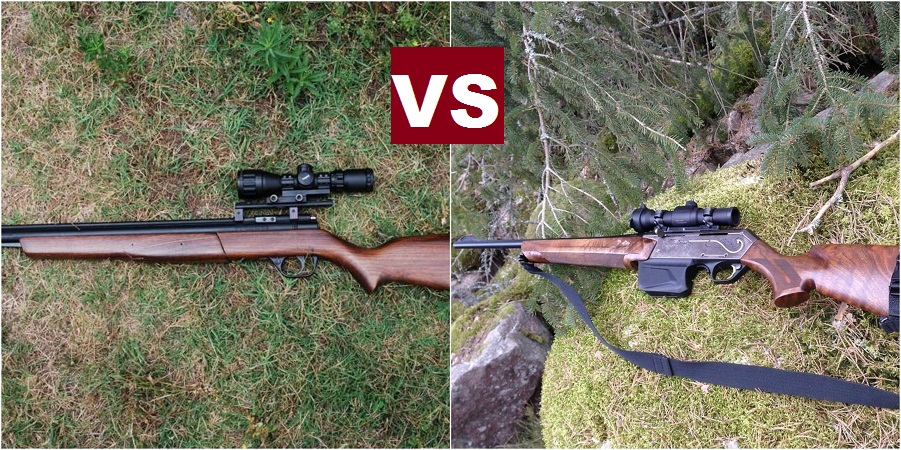
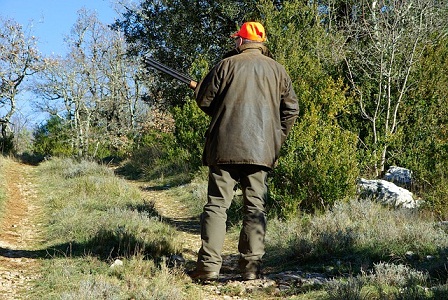
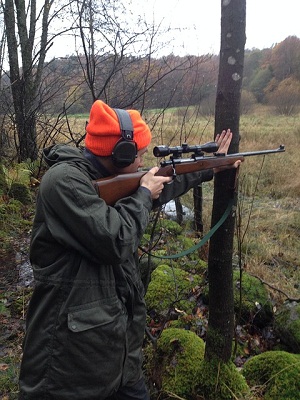
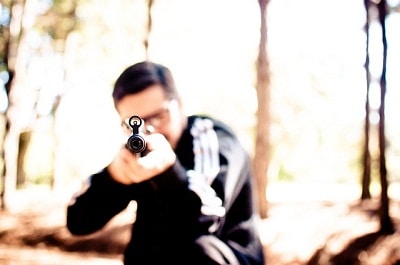
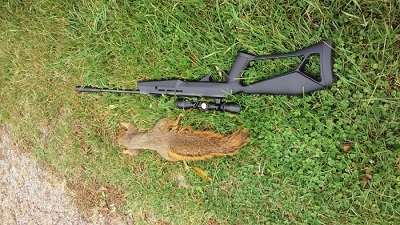

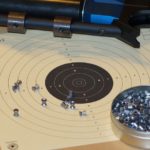
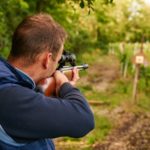
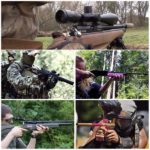
Comments are closed.